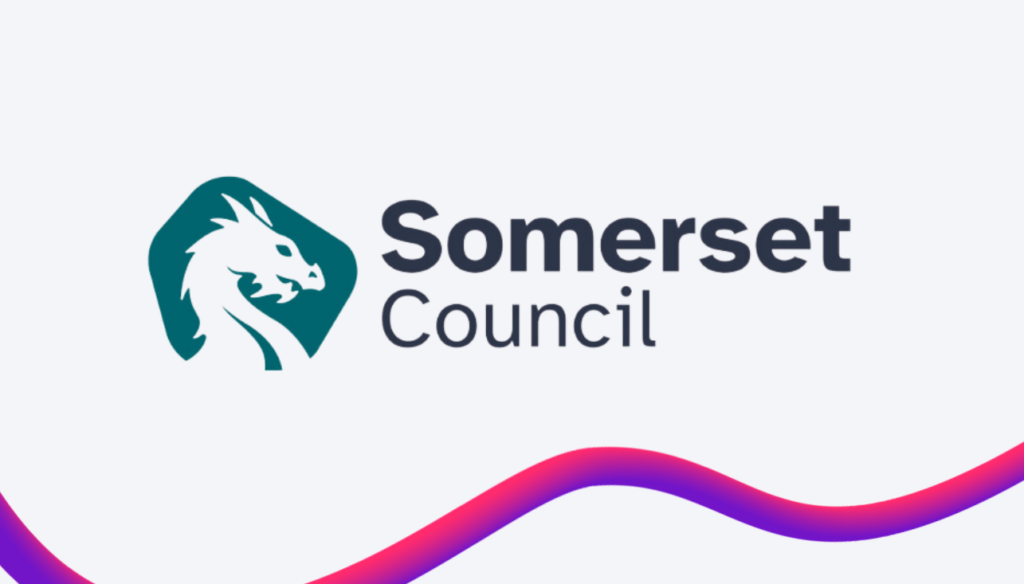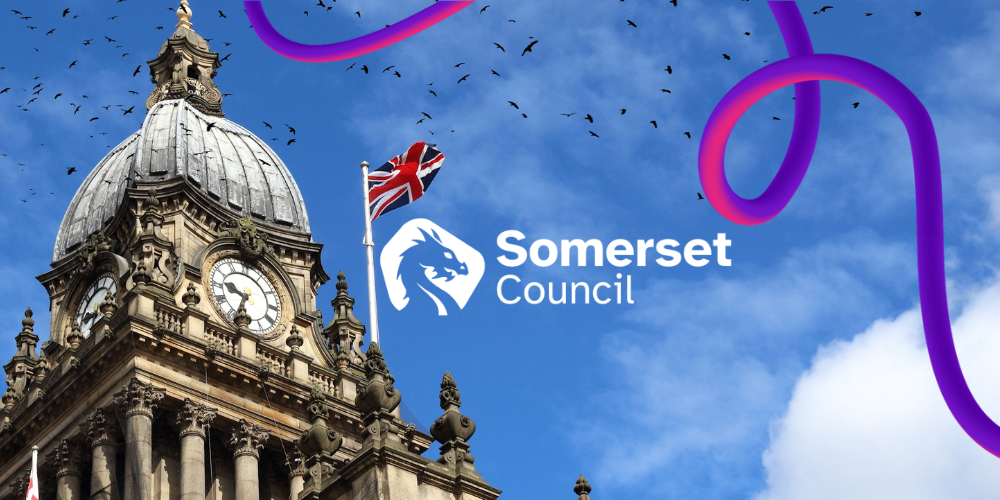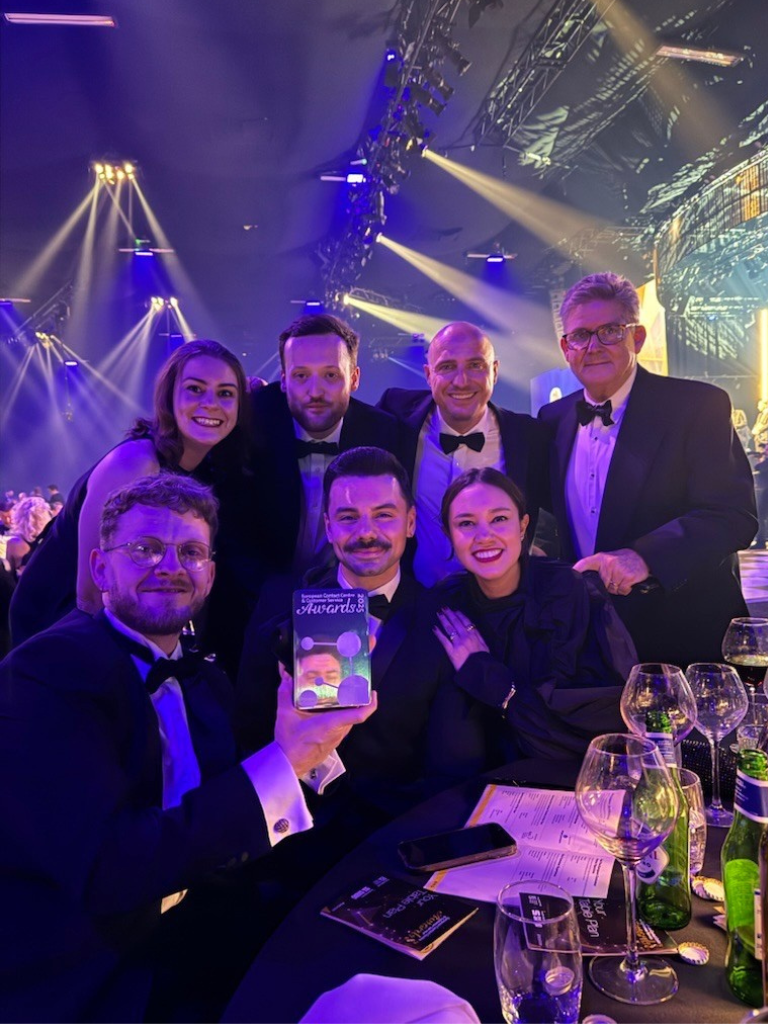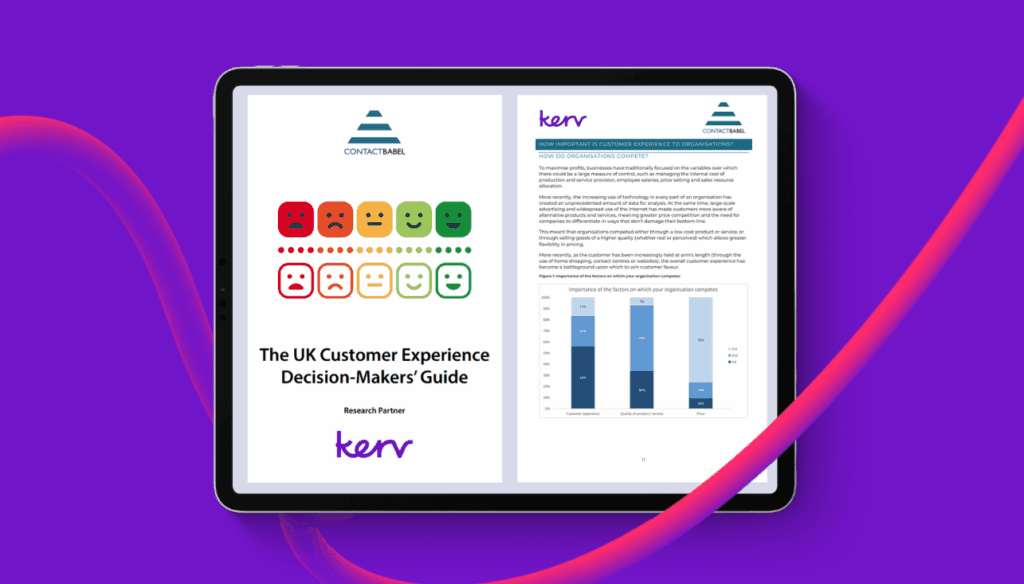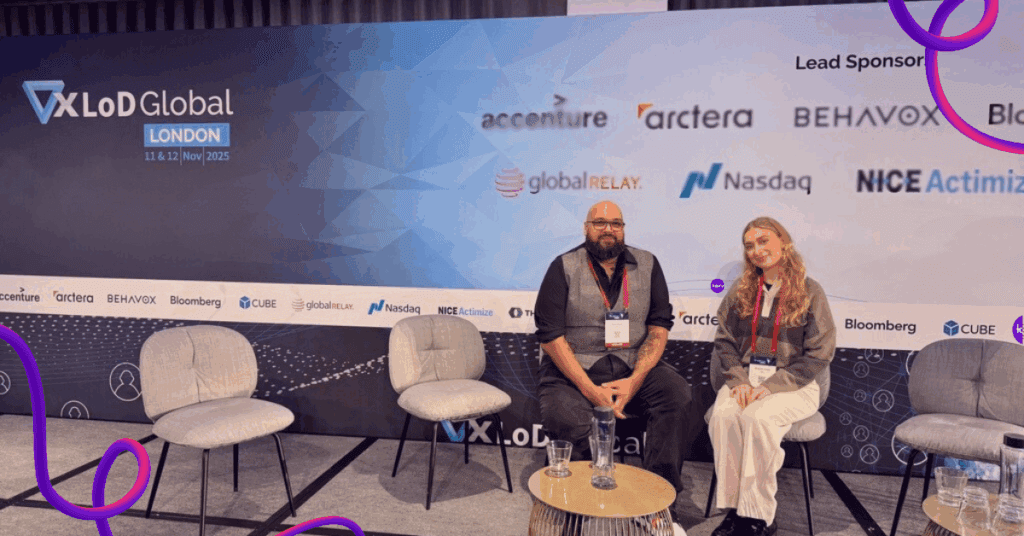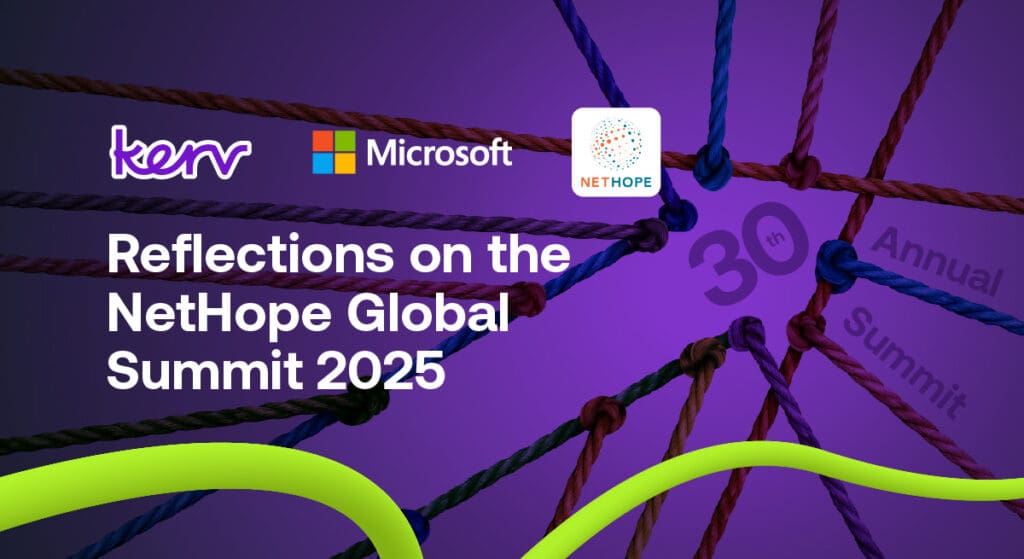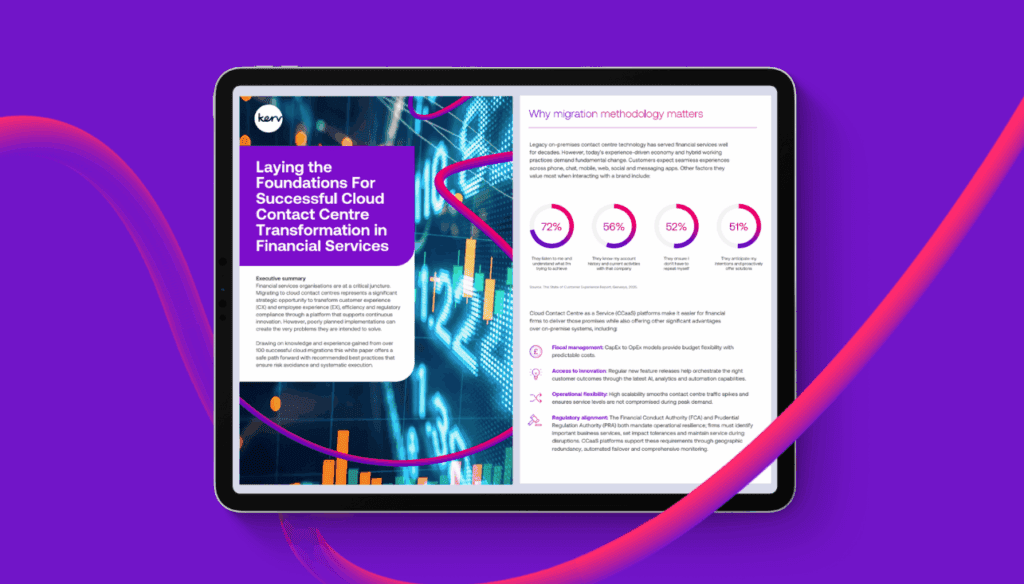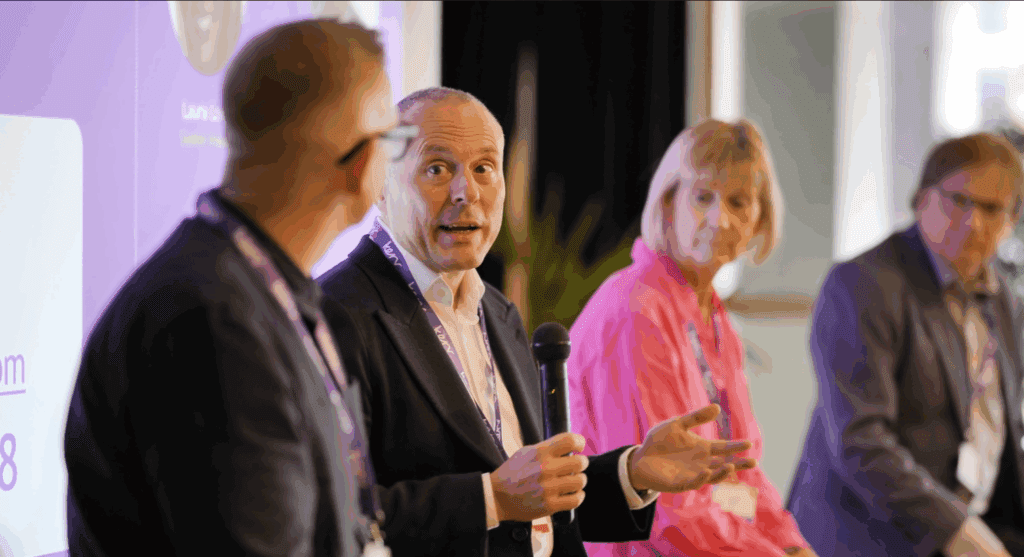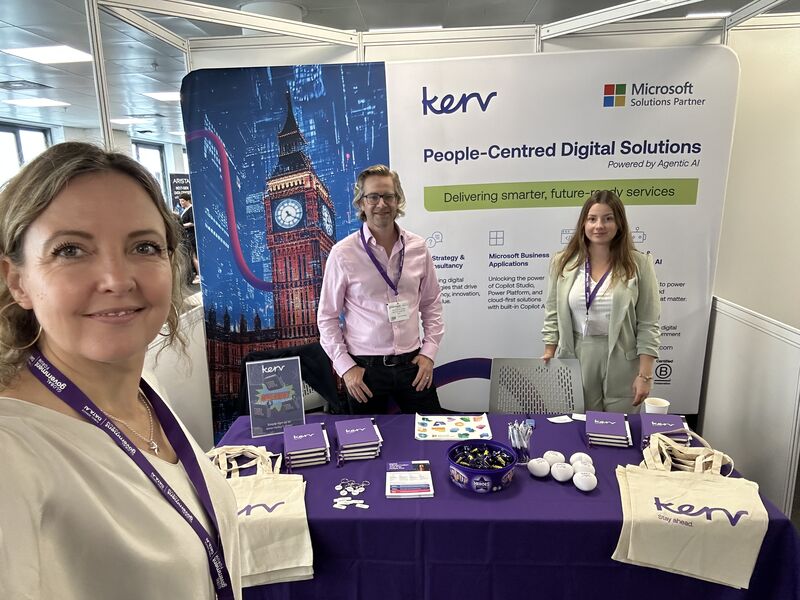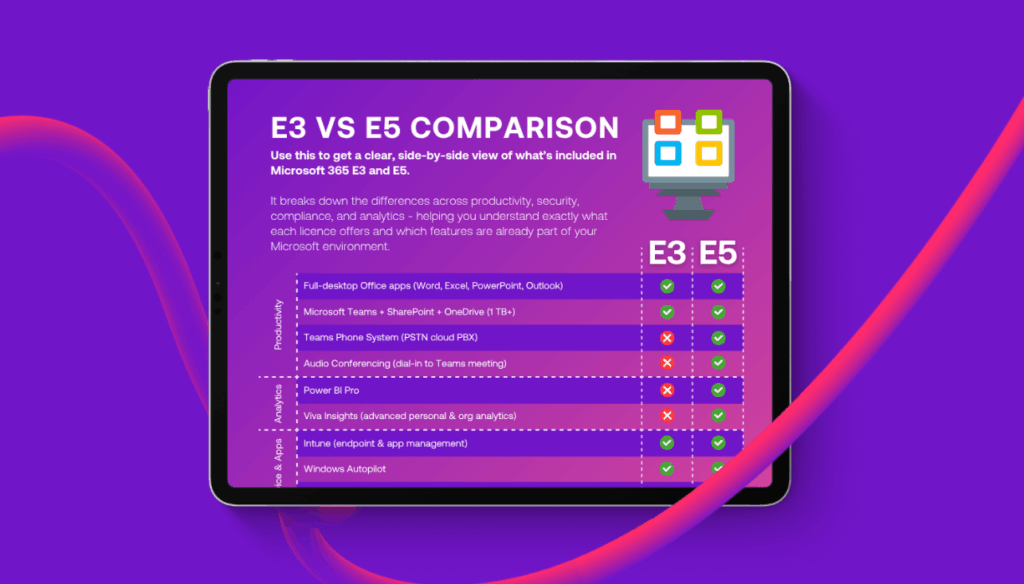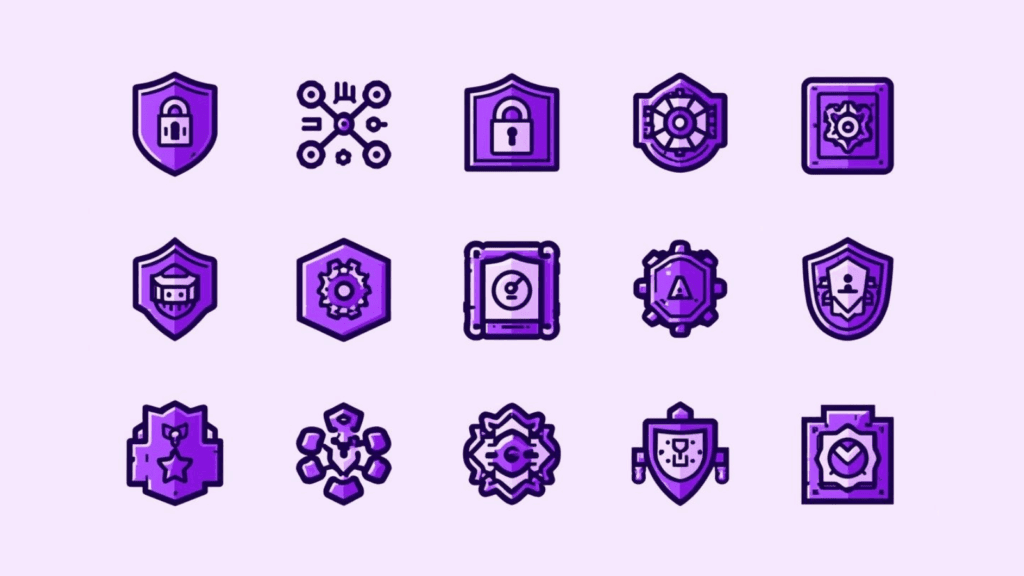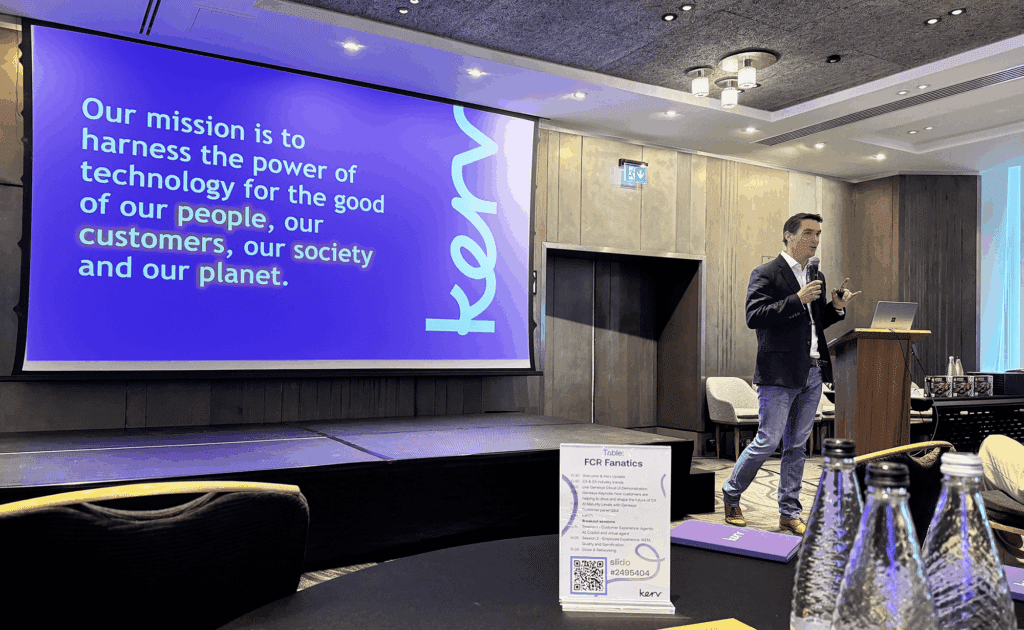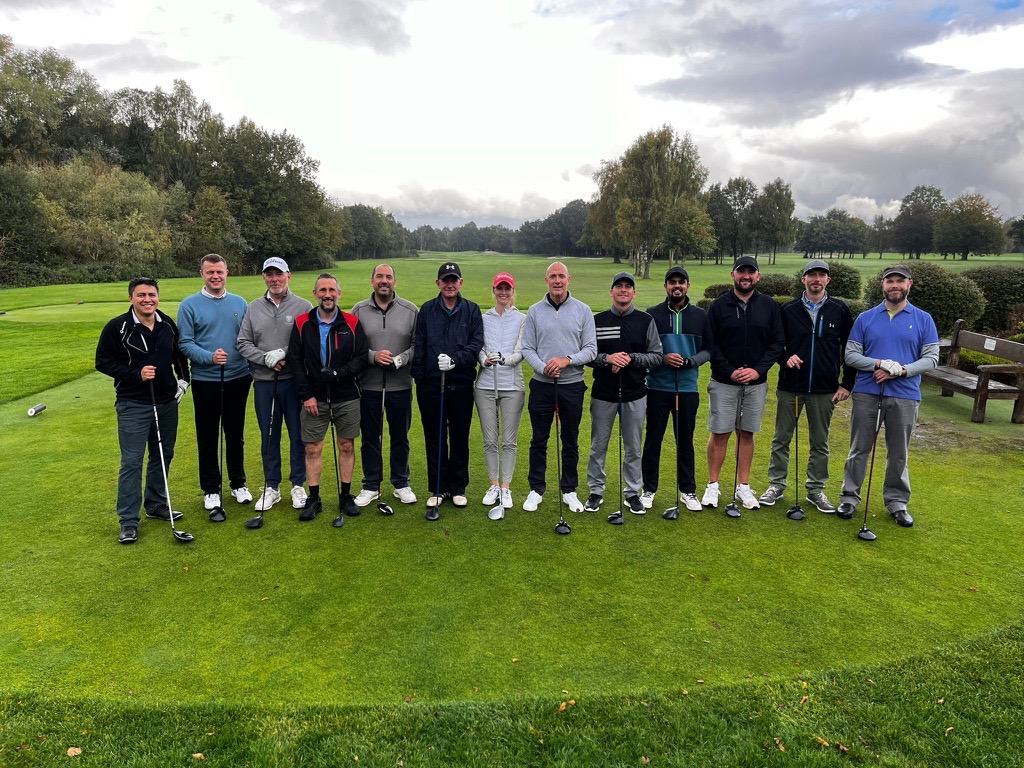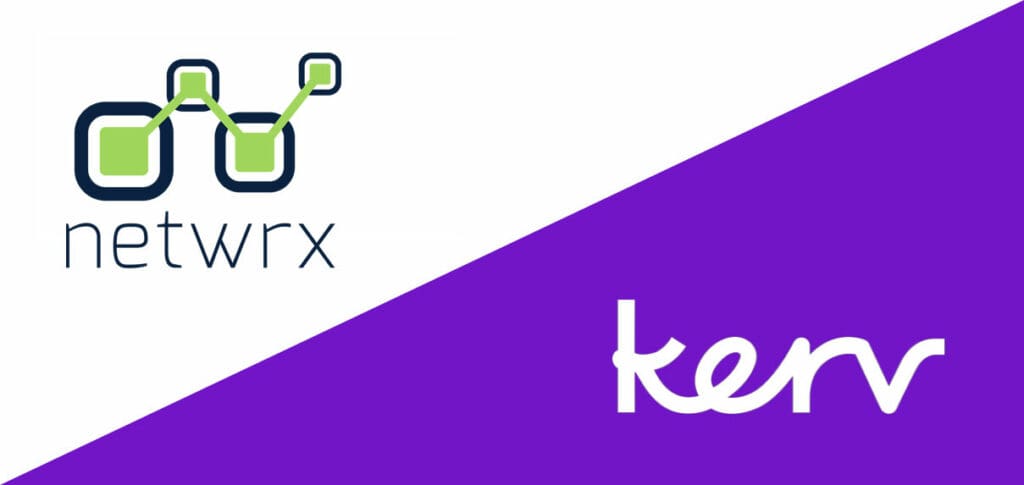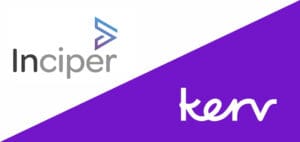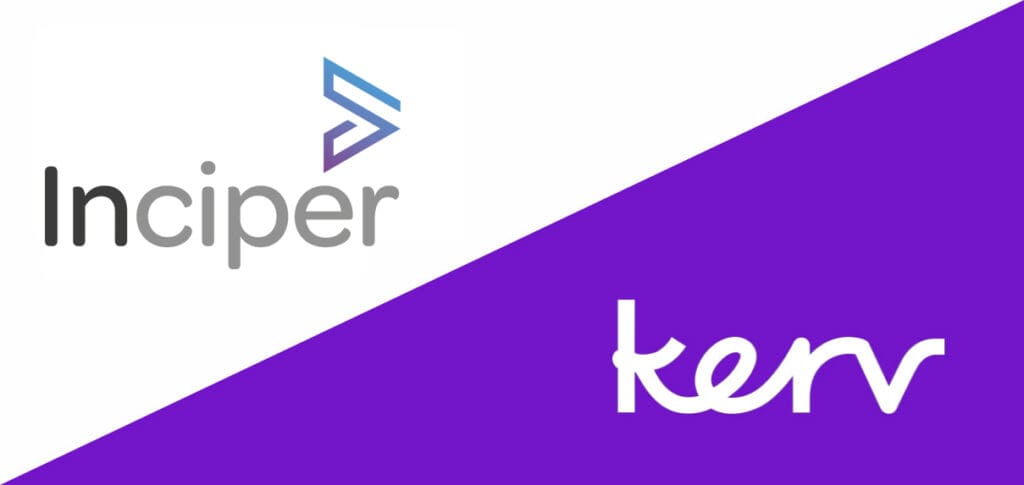Successfully meeting its launch date, the newly-formed unitary Somerset Council is still supported by four contact centre locations but operates as a single service organisation.
Experience has been transformed by AI-powered digital solutions. When a call is routed to an advisor, they can instantly see the bot conversation and work out exactly why the customer is calling, allowing them to personalise the greeting and avoiding asking repeat questions. Managers especially like the solution’s real-time dashboard reporting, something they lacked before. Shared scripts ensure consistent processes and messaging, while helping with onboarding and training.
Now customers only have one number to call, spend less time queuing, and no longer have to figure out our organisational structure to get the right support. And our staff are better prepared and start conversations on the front foot.
Sharon Passmore,
Service Manager, Customer Services,
Somerset Council
The Kerv solution means there’s only one platform to manage, leaving IT more time for service improvements. Similarly, contact centre teams are much more self-sufficient and spend less time less maintaining IVR menus and searching for call recordings.
The Council has also improved visibility of service levels. “Across our contact centres we now have a common set of KPIs that managers and agents can see at a glance,” confirmed Sharon Passmore. And those KPIs make impressive reading.
Before, with IVR, the average time to get customers into the right queue was 66 seconds. With the bot it’s 35 seconds, a 47% reduction. The no-intent rate (instances requiring manual intervention, where a bot was unable to identify why the person was calling) is around 10% against an initial target of up to 25%. Callers are identified far faster with an average wait of between 7 and 12 seconds.
In addition, within the telephony sub-workstream, financial benefits have been forecast, starting next year. Also, customers can self-select to complete a short survey. This provides a CSAT score as well as speech-to-text comments, which are used both for celebration and identifying areas for improvement. “Our CSAT score on day one was 77%, and it climbed as high as 94% in the first week, way above our aspiration of 75%,” concluded Sharon Passmore.
Very quickly we saw abandoned calls reduce by up to 50% and discovered bots are great at doing the legwork and gathering valuable data. We now have nine live voice bots efficiently triaging and fast routing customer calls.
Sharon Passmore,
Service Manager, Customer Services,
Somerset Council

